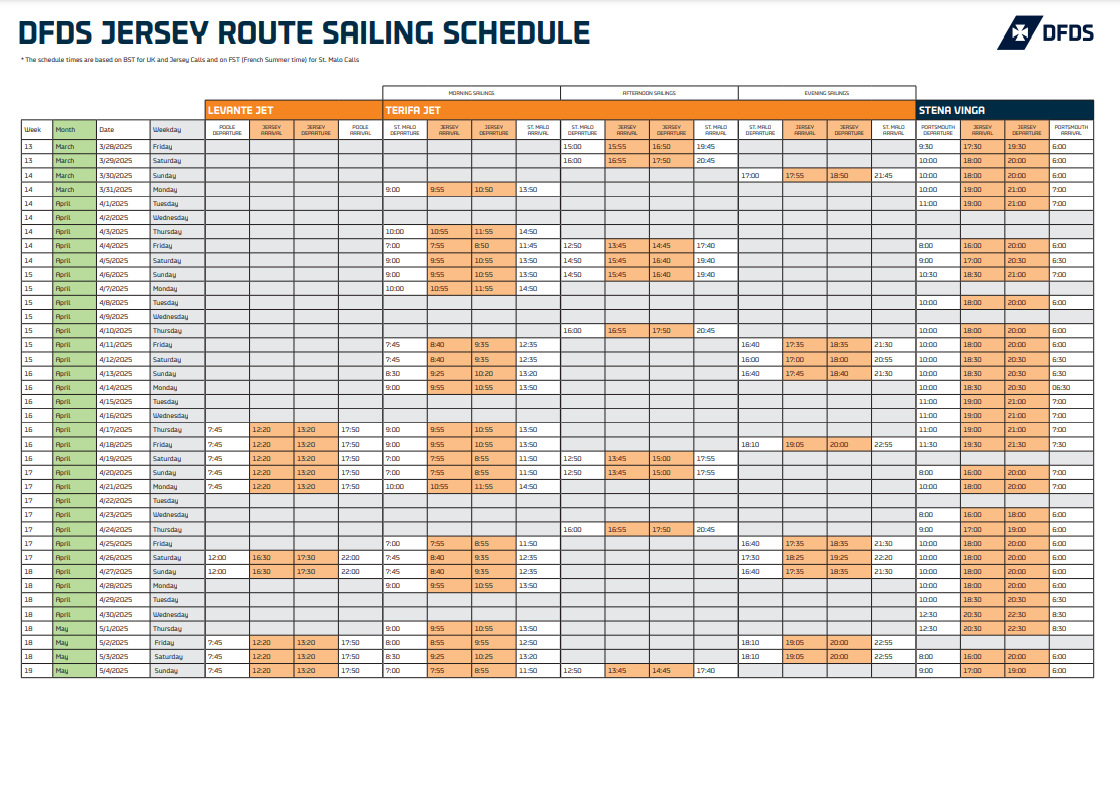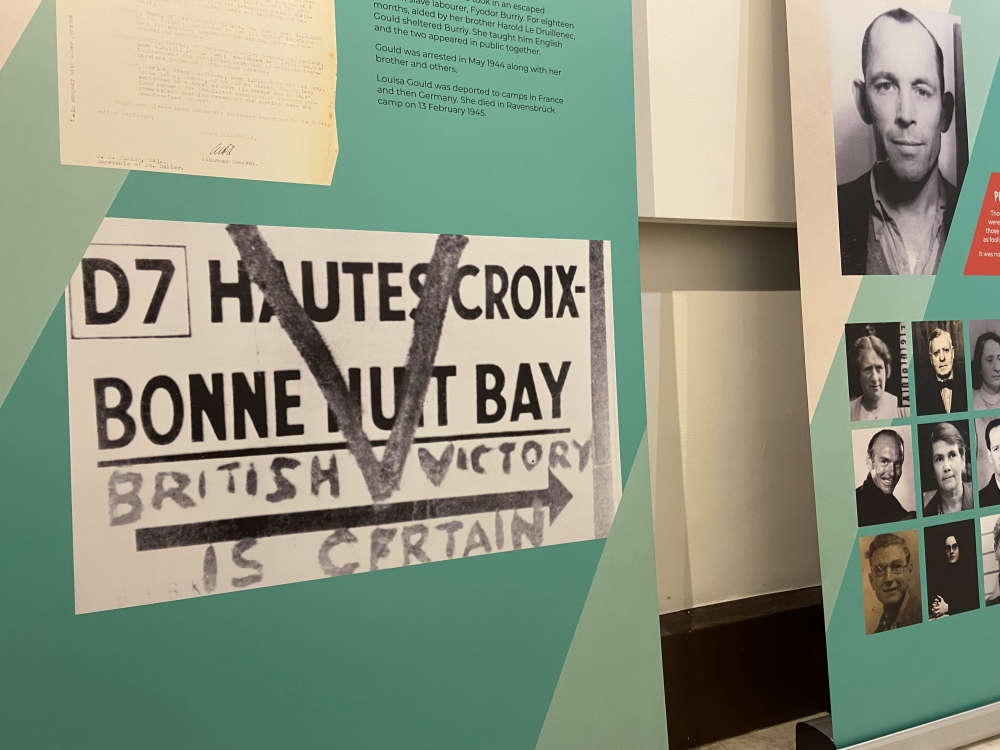
A new exhibition at Jersey Museum opens this week, showcasing key elements of the island's history.
The installation: ‘La Tèrr’rie d’Jèrri – D’s histouaithes dé not’Île’, translates from Jèrriais as ‘Being Jersey – Stories of our Island’.
It is replacing 'Story of Jersey', which closed last October after more than 30 years.
The gallery has been completely refurbished, splitting the floor into themes that look at how Jersey became Jersey.
The themes include Jersey first becoming an island in the Ice Age; its identity and relationship with the British Crown, immigration and language, and the contests that have shaped its past, such as the Battle of Jersey and the German Occupation.
Highlights of the objects on display include a specially-reconstructed mammoth bone heap from the ancient Neanderthal site of La Cotte de St Brelade; the 1924 Suffrage bill passed by the States of Jersey; paintings by Romantic artist Jean Le Capelain; portraits taken from Registration Cards from the Occupation years; and original images by Surrealist artist Claude Cahun.
The exhibition aims to give a unique and interactive experience, using animation and video for the first time, and using three commissioned art pieces to interpret and tell stories.
Louise Downie, Jersey Heritage’s Director of Curation & Experience said, “‘La Tèrr’rie d’Jèrri – D’s histouaithes dé not’Île’ is an exciting mix of familiar stories told in a different way or from a different angle, and new stories we have not shared before.
"These stories range from how Neanderthals hunted mammoth in Jersey, to living through the Occupation years with a disability, and how the Channel Islands became the witch-hunting capital of Europe in the 1560s and 1660s."
"Jersey's archaeology is absolutely amazing, we have some wonderful archaeological exhibits here, including our amazing Neanderthal teeth which are ground-breaking bits of archaeology.
"They've helped develop the scientific research about our modern human DNA having 2% of Neanderthal DNA. These teeth are part of the research that shows how early modern humans and Neanderthals were interbreeding."
The exhibition is open to the public daily from Wednesday 11 September. Entry is free.






 The first 'Jersey Contemporary Musician' will be crowned this weekend
The first 'Jersey Contemporary Musician' will be crowned this weekend
 Ten rare bats at Jersey Zoo die from infection
Ten rare bats at Jersey Zoo die from infection
 Still no date for Rouge Bouillon reopening
Still no date for Rouge Bouillon reopening
 New-look Youth Assembly hopes to attract more teens
New-look Youth Assembly hopes to attract more teens
 Record year for Asian hornets in Jersey already
Record year for Asian hornets in Jersey already
 Man accused of assaulting young girl twice on St Helier's high street
Man accused of assaulting young girl twice on St Helier's high street
 Tenant experiences needed to inform changes to renting laws
Tenant experiences needed to inform changes to renting laws
 Organ donors to be recognised with public memorial
Organ donors to be recognised with public memorial



